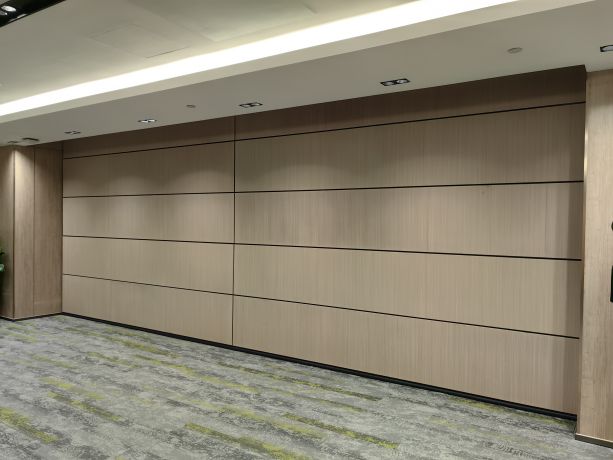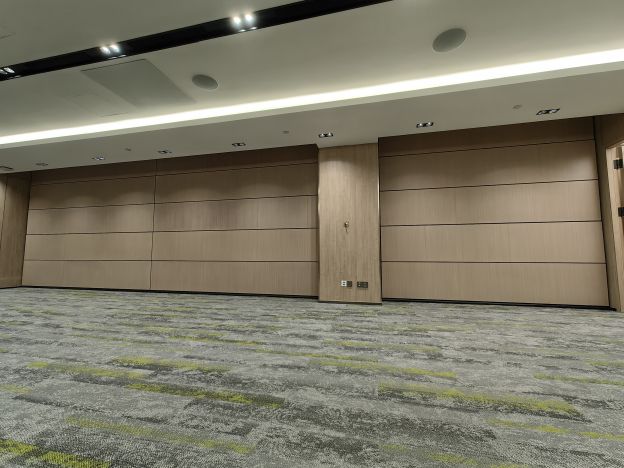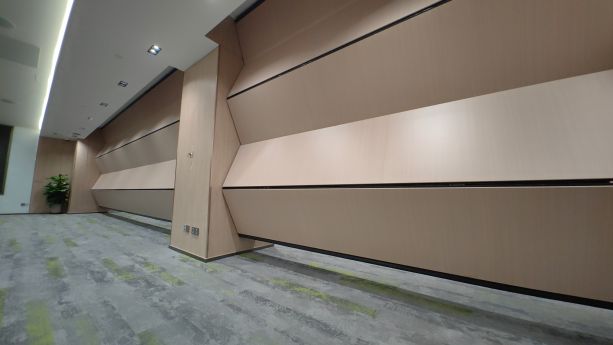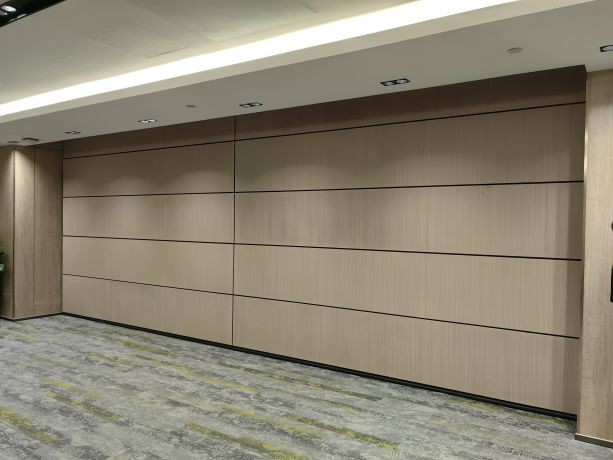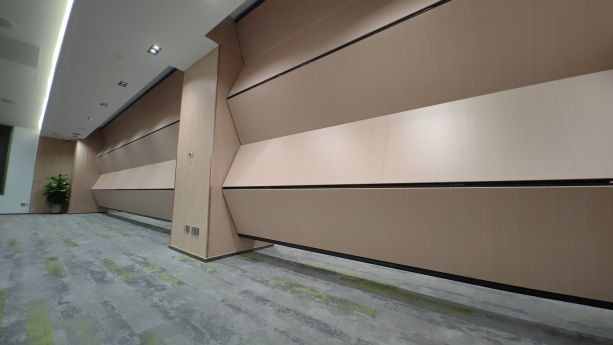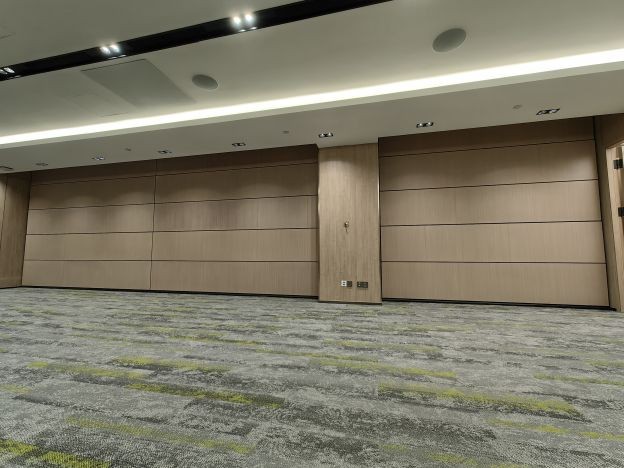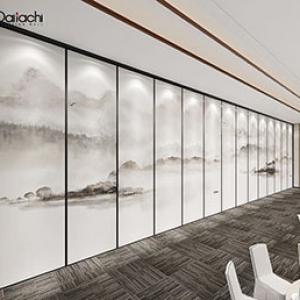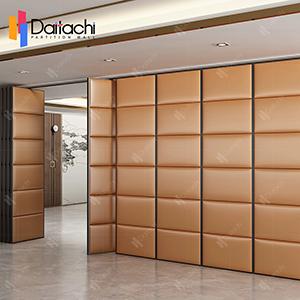Description
A collapsible wall, also known as a folding wall or accordion wall, is a versatile architectural feature that allows for flexible use of space by easily expanding or contracting to modify room layouts. Here are some key aspects and benefits of collapsible walls:
Functionality: Collapsible walls are designed to divide large spaces into smaller sections when needed and can be folded away to create open, expansive areas. This flexibility is particularly useful in environments such as conference rooms, banquet halls, schools, and homes where the space needs to be adaptable for different activities.
Design and Aesthetics: Modern collapsible walls are available in various materials, finishes, and designs to complement different interior styles. They can blend seamlessly into the overall décor of a room and enhance its visual appeal when properly integrated.
Soundproofing and Privacy: Depending on their design and construction, collapsible walls can offer varying levels of sound insulation and privacy. This is crucial in environments where confidentiality or concentration is important, such as offices or healthcare facilities.
Ease of Operation: Many collapsible walls operate on a track system or are mounted on wheels for easy movement. They can be operated manually or with motorized systems for larger installations, allowing for quick reconfiguration of space without requiring extensive labor.
Space Efficiency: When not in use, collapsible walls can be neatly folded or stacked away, freeing up floor space that would otherwise be occupied by permanent partitions. This enhances the overall efficiency of the room layout and maximizes the usable area.
Cost-effectiveness: Compared to permanent walls, collapsible walls offer a cost-effective solution for creating flexible spaces. They reduce the need for extensive remodeling or construction work and can adapt to changing spatial requirements over time.
Overall, collapsible walls are valued for their adaptability, aesthetic appeal, and practicality in optimizing space utilization across various settings. They provide a dynamic approach to interior design, catering to both functional and aesthetic considerations.
